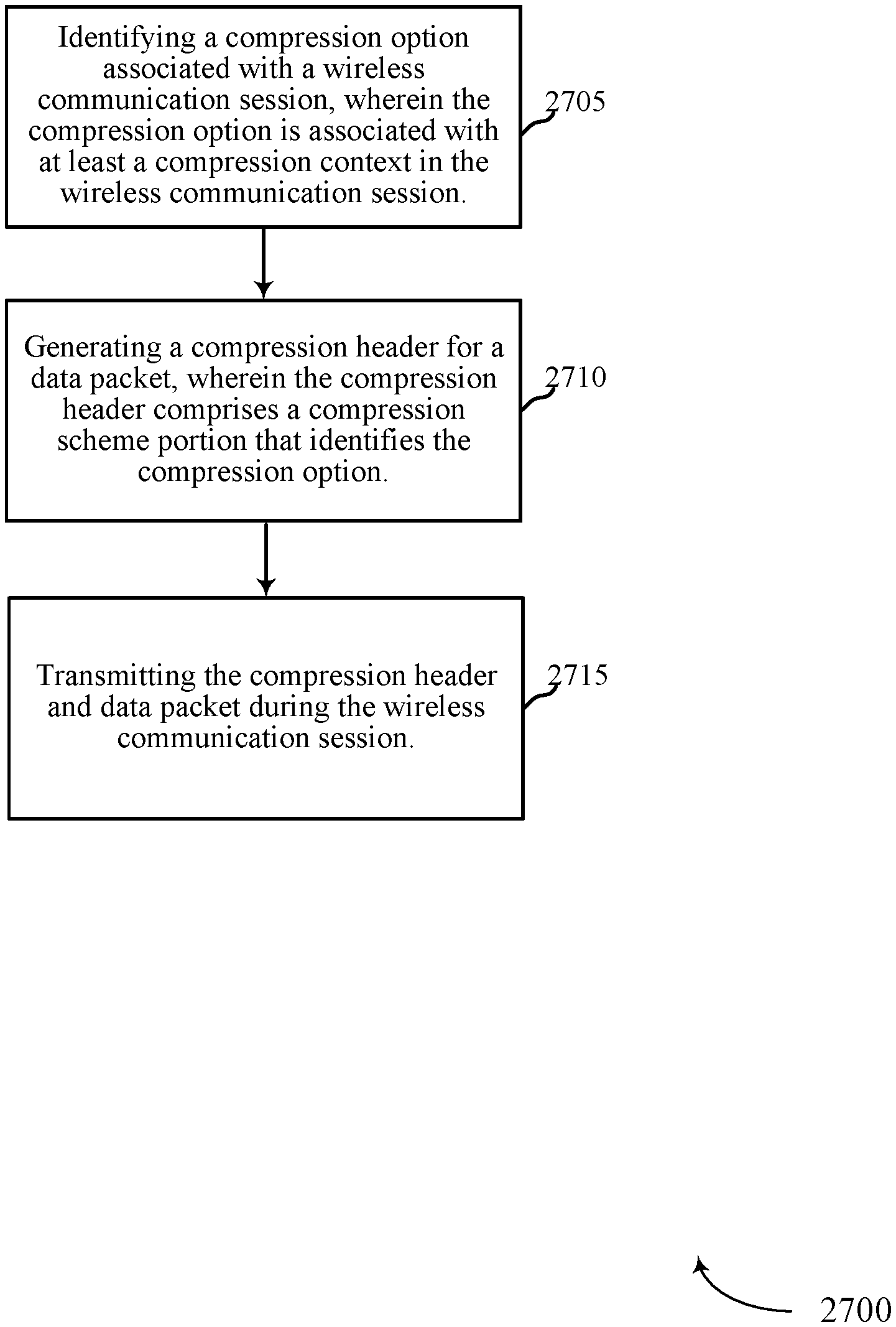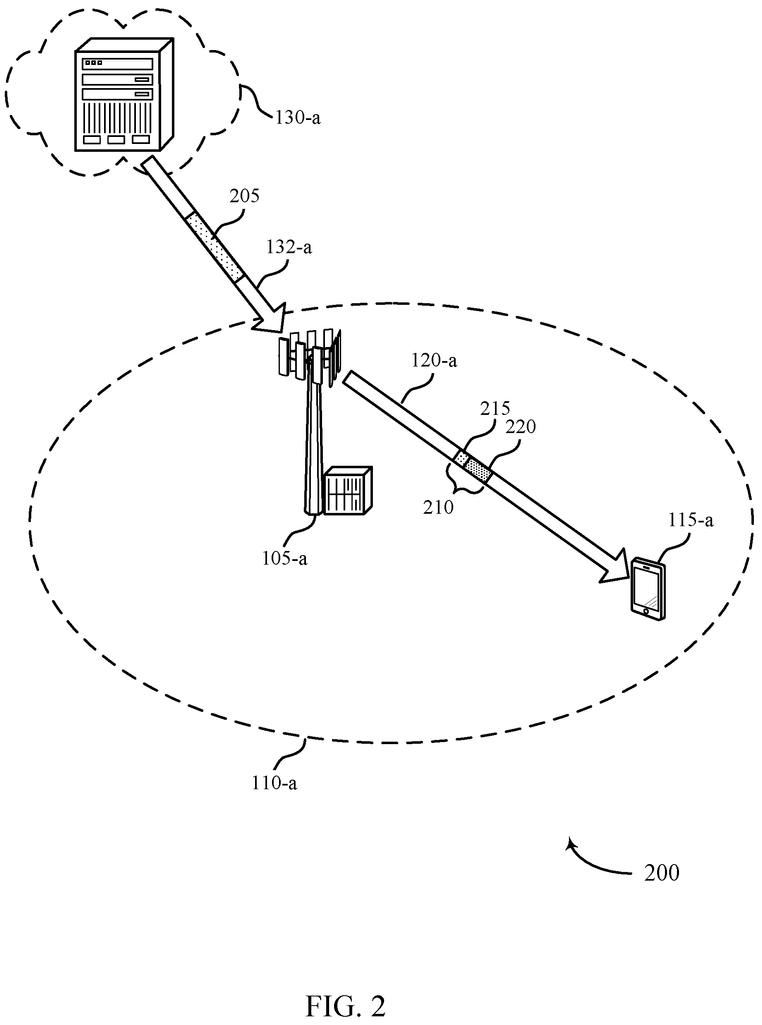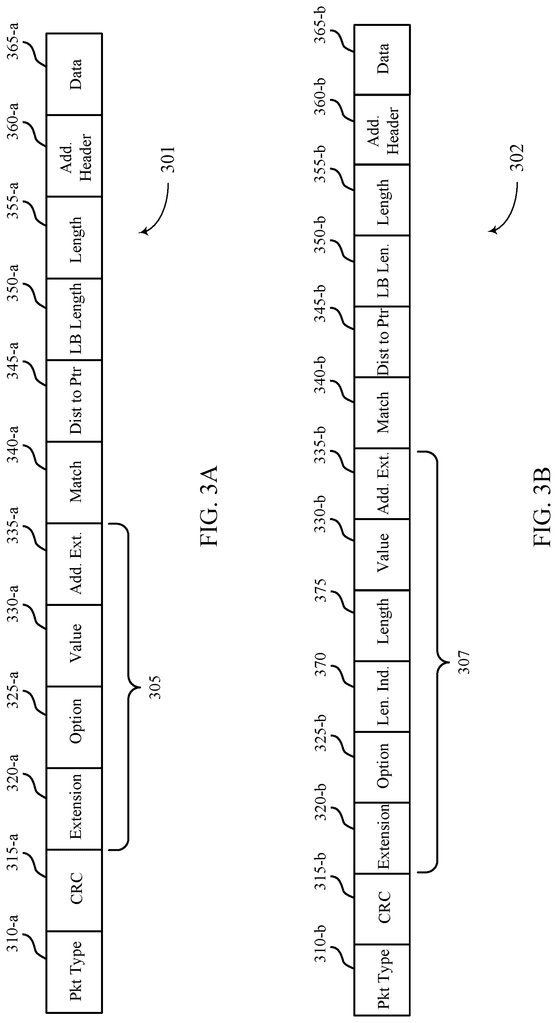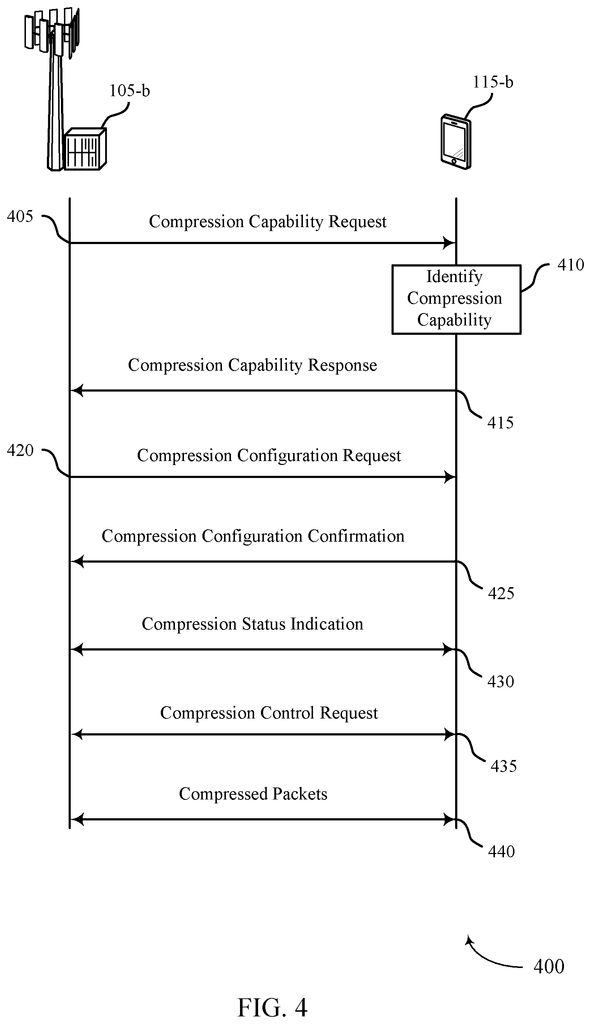Invented by Ashwini Raina, Shailesh Maheshwari, Vishal Dalmiya, Srinivasan Balasubramanian, Rohit Kapoor, Seyed Ali AHMADZADEH, Leena Zacharias, Qualcomm Inc
The market for evolved data compression scheme signaling is driven by the increasing demand for high-speed data transmission and storage. As more businesses and industries rely on data to make decisions, the need for efficient data compression and transmission becomes more critical. Evolved data compression scheme signaling provides a solution to this problem by compressing data without sacrificing quality.
One of the key drivers of the market for evolved data compression scheme signaling is the increasing adoption of cloud computing. Cloud computing allows businesses to store and access data from remote servers, which requires efficient data transmission. Evolved data compression scheme signaling is an ideal solution for cloud computing because it allows businesses to transmit data quickly and efficiently while minimizing storage costs.
Another driver of the market for evolved data compression scheme signaling is the increasing use of mobile devices. Mobile devices are becoming more powerful and are being used for a wide range of applications, including video streaming, gaming, and social media. These applications require high-speed data transmission, which can be achieved through evolved data compression scheme signaling.
The market for evolved data compression scheme signaling is also being driven by the increasing use of artificial intelligence (AI) and machine learning (ML) technologies. AI and ML require large amounts of data to train algorithms, which can be expensive and time-consuming. Evolved data compression scheme signaling can help reduce the amount of data required for AI and ML, making these technologies more accessible and cost-effective.
The market for evolved data compression scheme signaling is highly competitive, with several players offering advanced solutions. Some of the key players in the market include Google, Microsoft, Amazon, and IBM. These companies are investing heavily in research and development to improve their data compression technologies and stay ahead of the competition.
In conclusion, the market for evolved data compression scheme signaling is growing rapidly as more industries adopt advanced technologies that require efficient data transmission. The increasing adoption of cloud computing, mobile devices, and AI/ML technologies are driving the demand for evolved data compression scheme signaling. With the market becoming more competitive, companies are investing heavily in research and development to improve their data compression technologies and stay ahead of the competition.
The Qualcomm Inc invention works as follows
Methods and systems are described for wireless communications at a UE. A receiver can receive a transmission that requests information on data compression. The receiver can determine the parameters of the supported types of data compression, and then communicate that information to the device transmitting the transmission. The receiver may receive a request from the transmitting entity to establish a data compression setting. The receiver can confirm or reject the proposed compression configuration. The configuration can be confirmed by the receiver and transmitter. The devices can exchange status and control data related to compression configurations (e.g. in the header of compressed messages or as a separate message containing status and/or controls).
Background for Evolved Data Compression Scheme Signaling
Field of Disclosure
The following is a general description of wireless communication and, more specifically, evolved data compression scheme signals.
Description of Related Art.
Wireless communications systems provide a wide range of communication content, including voice, video and packet data. They also support messaging, broadcasting, and other types of communication. These systems can be multiple-access systems that support communication with multiple users through sharing system resources (e.g. time, frequency and power). These systems can include time division multiple-access (TDMA), frequency division multi-access (FDMA), and code division multiple-access (CDMA).
A wireless multiple-access communication system, for example, may consist of a number base stations that support communication simultaneously with multiple communication devices. These communication devices are also known as user equipments (UEs). A base station can communicate with communication devices using downlink channels, e.g. for transmissions between a base and a UE, or uplink channels, e.g. for transmissions between a UE and a base.
Wireless systems can be congested due to the increasing number of devices and data traffic from and to these receivers. Congestion can result in slower communications and also in problems establishing connections between transmitters and receivers. “Receivers may be forced to spend more time looking for base stations, or in a state of active communication. This can drain the power from receivers.
Data compression is one of the techniques that wireless communication systems can use to reduce congestion. Data compression can reduce the resources required to transmit information. The transmitter may not be aware of the configurations that the receiver supports. The transmitter may choose to use a configuration of data compression that the receiver doesn’t support or forgo data compression entirely, which could result in a decreased communication performance.
The present disclosure can relate to wireless communication systems in general, and to improved systems or methods for signaling evolved data compression schemes. A receiver, for example, may receive a transmission asking about the support of data compression. The receiver can determine the parameters of the supported types of data compression, and then communicate that information to the device transmitting the transmission. The receiver may receive a request from the transmitting entity to establish a compression configuration. The receiver can confirm or reject the proposed compression configuration. The configuration can be confirmed by the receiver and transmitter. The devices can also exchange control and status information related to compression configurations (e.g. in the header of compressed messages or as a separate message).
An example of reducing congestion in wireless networks is by applying compression schemes to wireless communications. A compressed data scheme (eDCS) is an example of a compression scheme. The eDCS compression scheme can be used both by receivers and transmitters. To use eDCS both receivers and transmitters will need to have access to the compression context. The compression context informs both the receivers as well as the transmitters of the compression scheme to be applied or that has already been used. A compression context can be different depending on the type of traffic or payloads in a wireless communication system. Compression headers, or other compression options useful to a receiver, can be used to communicate the compression context and other compression options between a transmitter and a recipient. The compression header can include a portion of the compression scheme with an extension indicator that indicates that it includes different compression options such as implementations of different compression contexts.
A method for wireless communication is described. The method can include receiving a request for a compressed payload in a wireless data transmission. Identifying at least one parameter of the compression ability request may be included.
The invention is a wireless communication apparatus at a UE. The apparatus can include means for receiving an application for compression capabilities related to the capability of compressing the payload in a wireless data transfer, means for identifying a minimum number of compression capability parameters based on this request, and means transmitting a response for compression capabilities based, at least partially, on the request for compression capabilities and the identified at least one parameter.
The description of a further wireless communication apparatus at a UE includes describing. The apparatus can include a processor and memory that is in electronic communication with it, as well as instructions stored therein. These instructions can be executed by the processor in order to receive a request for a compressed payload in a wireless data transfer, identify atleast one compression parameter using the request, and then transmit a response to the request based in part on this request and atleast one compression parameter.
The invention is a non-transitory, computer-readable medium storing wireless communication code at a UE. The code can include instructions that are executable for receiving a request to compress a payload in a wireless data transfer, identifying at least one parameter of compression capability based on this request, and sending a response to the request based, at least partially, on the request and at least one parameter.
Some examples of the methods, apparatuses or non-transitory computers-readable media described above can also include receiving a configuration request. Some examples can also include a confirmation of the compression configuration based in part or entirely on the compression request.
Some examples of the methods, apparatuses or non-transitory computers-readable media described above could also include transmitting a rejection of compression configuration based, at least in part, on the compression request. Some examples include sending a compressed package based, at least in part, on the response to the compression capability.
Some examples of the methods, apparatuses or non-transitory computers-readable media described above can further include receiving a packet compressed based, at least in part, on the response to the compression capability. In some cases, the compressed packet may also or instead include one or more extended header fields that indicate at least one of: a request for a reset of the compression context, a request to disable compression associated with subsequent packets of data, a request for synchronization of contexts or freezing of contexts, an indication of multi-part compression associated with multiple compression contexts or a metadata indicator.
Some examples of the methods, apparatuses or non-transitory computers-readable medium described may also include transmitting an ID context save confirmation request. Some examples can include, as an alternative or in addition, receiving a confirmation of context ID saving.
Some examples of the methods, apparatuses or non-transitory computers-readable medium described may also include transmitting a control message for compression (e.g. a request). In some examples, transmitting the control message may also include transmitting it on a radio carrier with a high priority.
In some examples, the compression message is based, at least partially, on a determination of a wireless device’s processing power being below a threshold. In some cases, the compression control message may also be based on the fact that the wireless device failed to decompress a certain number of packets.
In some examples, the method, apparatuses or non-transitory computing medium described above include a message for compression control that includes at least one of: a state indication of compression, a scope indication of compression, a threshold of data compression, an indication of compression enable/disable, a ratio of compressed packets or a request to reset the context ID. Some examples can include transmitting an indication of compression status.
In some examples, the compression status indicator includes at least one of a ciphered PDCP (packet data convergence protocol) control protocol data units (PDUs) type, a unciphered PDCP (control PDUs) type, a sequential number, and a compression enable/disable-indication. In some examples, the method, apparatus, or nontransitory computer readable medium described above transmitting a compression status indicator comprises disabling compression or enabling it on a radio carrier, and transmitting a compression status after or before transmitting a first compressed protocol data unit (PDU). Some examples include, alternatively or additionally, transmitting a request to enable or disable compression based on, at least in part, one or more of the following: a processing limit, a traffic type or a determination whether a given resource grant volume will be sufficient to clear a memory buffer uncompressed during a periodic interval.
Click here to view the patent on Google Patents.





